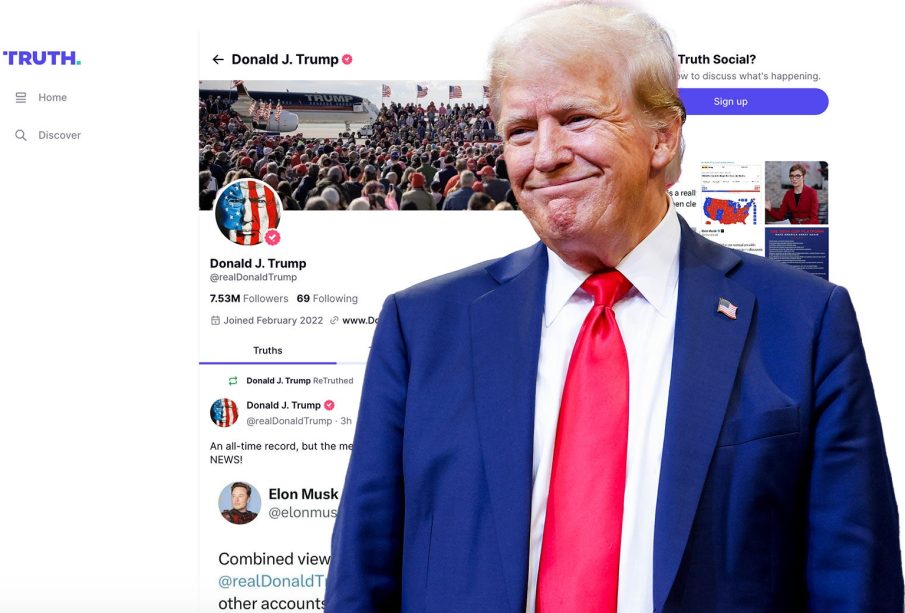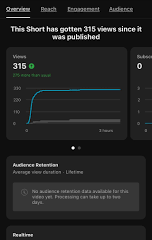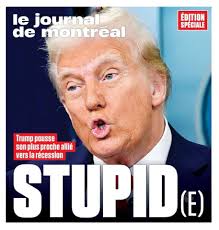Unpacking Truth Social: A New Player in the Social Media Landscape

Introduction
Truth Social, a social media platform launched by former U.S. President Donald Trump, has generated significant attention since its inception in early 2022. This emergence comes at a time when traditional social media platforms face scrutiny over issues like content moderation and freedom of speech. The launch of Truth Social is seen by supporters as a means to foster an environment where conservative voices can express themselves freely, making its relevance and implications critical in today’s social media landscape.
Overview of Truth Social
Truth Social is designed to be a platform for users who feel marginalized by mainstream platforms like Facebook and Twitter. The service aims to provide a space for an open dialogue, particularly from conservative perspectives. As of October 2023, the platform has gained millions of subscribers and is actively expanding its features to include video content and enhanced user interaction.
Recent Developments
In recent months, Truth Social has made headlines for a number of reasons. Most notably, the platform has announced partnerships with various media outlets to enhance content sharing and interaction. Additionally, as the 2024 presidential election approaches, Truth Social is expected to play a significant role in the political discourse, especially given its close association with Trump and the high-profile endorsements it has received from various political figures.
However, Truth Social faces challenges, including technical issues and criticism related to its moderation policies. Users have reported difficulties in accessing the platform and issues with content that is flagged or removed, which raise questions about the balance between free expression and platform accountability. The platform’s leadership has pledged to address these concerns while maintaining its commitment to upholding conservative viewpoints.
Impact and Significance
The significance of Truth Social extends beyond mere user engagement; it encapsulates ongoing debates about free speech, the influence of social media on politics, and the fragmentation of public discourse. As Truth Social continues to grow, its ability to shape conversations and mobilize users could have profound implications for the political landscape, particularly among conservative groups who have felt alienated by other platforms.
Conclusion
As Truth Social evolves, it remains to be seen whether it can sustain its user base and fulfill its mission of providing a true platform for free expression. Its role in the upcoming election cycle could influence not only political strategies among conservatives but also the broader landscape of social media interactions. For users and observers alike, the developments surrounding Truth Social will be pivotal in understanding the future of online discourse and community engagement.





